- No products in the cart.
Aminophylline 150mg tabs 30 pcs Pharmstandard
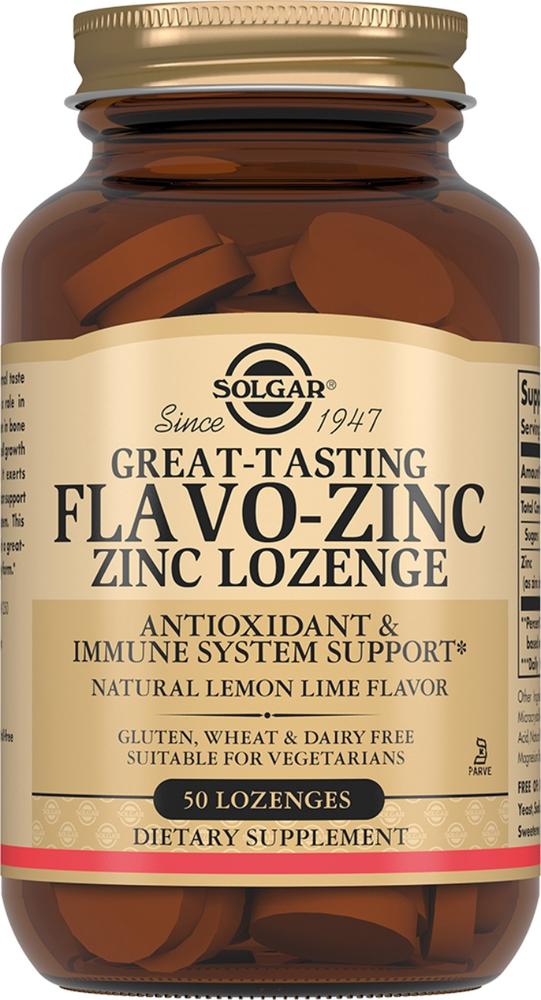
Solgar lozenges 50 pcs Flavio zinc
$14.54
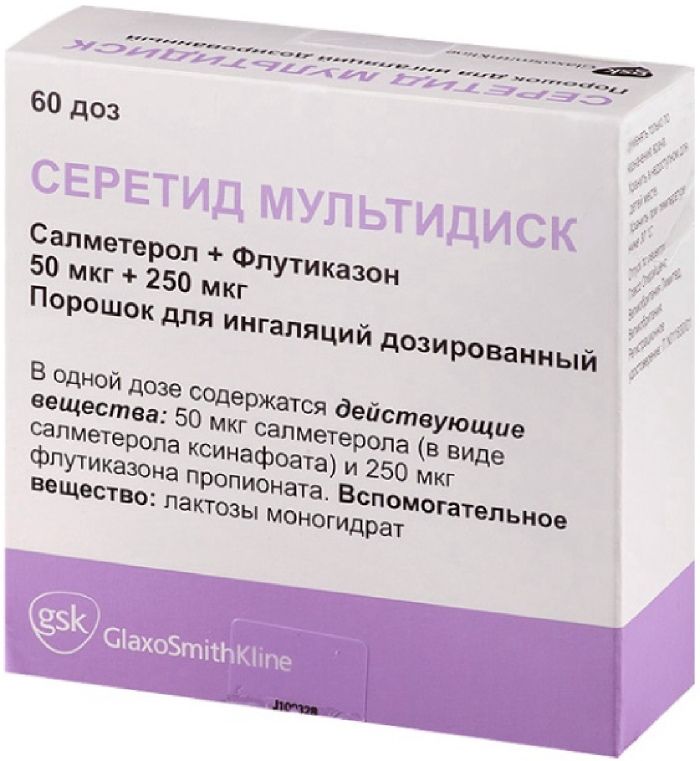
Seretide multidisk powder ing.dozir. 50mkg / 250mkg 60doz with inhaler
$33.31
$0.29
Aminophylline 150mg tabs 30 pcs Pharmstandard
Description
Composition
Active substance:
1 tablet contains: aminophylline (aminophylline) – 150 mg.
Excipients:
Calcium stearate – 2 mg potato starch – 48 mg.
Product form:
Tablets.
Contraindications
Hypersensitivity (including to other xanthine derivatives: caffeine, pentoxifylline, theobromine), epilepsy, peptic ulcer and 12 duodenal ulcer (in the acute stage), gastritis with high acidity, arterial hyper- or hypotension, severe, tachyarrhythmias, hemorrhagic stroke , retinal hemorrhage, children’s age (up to 3 years).
Carefully.
Heavy coronary insufficiency (acute phase of myocardial infarction, angina), common atherosclerosis, hypertrophic obstructive cardiomyopathy, frequent ventricular extrasystole, increased convulsive readiness, liver and / or renal failure, gastric ulcer and duodenum 12 (history), bleeding from gastrointestinal tract in recent history, uncontrolled hypothyroidism (cumulative opportunity) or hyperthyroidism, prolonged pyrexia, gastroesophageal reflux disease, hyperplasia Ia prostate cancer, pregnancy, lactation, elderly, children’s age.
Administered with anticoagulants.
Dosage
150 mg
Indications
Bronchial obstruction of any genesis: bronchial asthma (drug of choice in patients with asthma physical stress and as an adjunct with other forms.), Chronic obstructive pulmonary disease, emphysema, chronic obstructive bronchitis, pulmonary hypertension, “pulmonary” heart, sleep apnea.
Interaction with other drugs
Increases the likelihood of side effects of glucocorticoids, mineralokortikosteroidov (hypernatremia), funds for general anesthesia (increased risk of ventricular arrhythmias), xanthine and means that excite the central nervous system (increases neurotoxicity), beta-agonists. Antidiarrheal drugs and chelators reduce the absorption of aminophylline. Rifampin, phenobarbital, phenytoin, isoniazid, carbamazepine, sulfinpyrazone, aminoglutethimide, oral estrogen-containing contraceptives and moratsizin, as inducers of microsomal liver enzymes increase aminophylline clearance, which may require increasing the dose. While the use of antibiotic macrolide, lincomycin, allopurinol, cimetidine, isoprenaline, enoxacin, small doses of ethanol, disulfiram, fluoroquinolones, recombinant interferon-alpha, methotrexate, mexiletine, propafenone, thiabendazole, ticlopidine, verapamil and vaccination against influenza intensity aminophylline Actions can be increased, which may require reducing the dose. It enhances the action of beta-agonists and diuretics (including by increasing the glomerular filtration rate), reduces the effectiveness of drugs lithium and beta blockers. Compatible with antispasmodics, not used together with other xanthine derivatives.
Overdose
Symptoms: loss of appetite, gastralgia, diarrhea, nausea, vomiting (including blood), gastrointestinal bleeding, tachypnea, facial flushing, tachycardia, ventricular arrhythmia, insomnia, motor agitation, anxiety, photophobia, tremors, convulsions. In severe poisoning may develop epileptic seizures (especially in children without incurring any precursors), hypoxia, metabolic acidosis, hyperglycemia, hypokalemia, decreased blood pressure, necrosis of skeletal muscles, confusion, renal failure with myoglobinuria.
Treatment: removal of the drug, gastric lavage, administration of activated charcoal, laxatives drugs, intestinal lavage combination of polyethyleneglycol and electrolytes, diuresis, hemosorbtion, plasmasorption, hemodialysis (efficiency is not high, peritoneal dialysis is not effective), symptomatic therapy (including metoclopramide and ondansetron – by vomiting). At occurrence of seizures maintain airway patency and carry oxygen therapy. For relief of seizure – intravenous diazepam 0.1 – 0.3 mg / kg (not to exceed 10 mg). In severe nausea and vomiting – metoclopramide or ondansetron (i.v.).
pharmachologic effect
Pharmacological group:
Bronchodilators.
Pharmacodynamics:
Bronchodilator, xanthine derivative; inhibits phosphodiesterase increases the accumulation of cAMP in tissues, inhibit adenosine (purine) receptors; It reduces the flow of calcium ions through the cell membrane channels, reduces smooth muscle contractile activity. It relaxes the muscles of the bronchi, increases mucociliary clearance, stimulates the contraction of the diaphragm, improves respiratory function and intercostal muscles, stimulates the respiratory center and increases its sensitivity to carbon dioxide and improves alveolar ventilation, which ultimately leads to a reduction in the severity and frequency of apnea episodes. Normalizing respiratory function, promotes blood oxygen saturation and reduction of carbon dioxide concentration. It has a stimulating effect on the activity of the heart, increases the strength and the heart rate, increases coronary blood flow and myocardial oxygen demand. It reduces the tonus of blood vessels (mainly the brain, skin and kidney). It has peripheral venodilatiruyuschee action reduces pulmonary vascular resistance, decreases the pressure in the “small” circulation. Increases renal blood flow, has moderate diuretic effect. It extends the extrahepatic biliary tract. Inhibits platelet aggregation (inhibits platelet activating factor alpha and PgE2), increases the resistance to deformation of the erythrocyte (improve blood rheology), reduces thrombogenesis and normalize microcirculation. Has tocolytic effect, it increases the acidity of gastric juice. When used in large doses it has epileptogenic effect.
Pharmacokinetics:
Once inside quickly and completely absorbed, bioavailability – 90 – 100%. Food decreases the absorption speed without influencing its size (large volumes of fluid and proteins accelerate the process). The higher dose taken, the lower the absorption rate. Time to maximum concentration – 1 – 2 h. The volume of distribution is in the range 0.3 – 0.7 l / kg (30 – 70% of the “ideal” body weight) average 0.45 L / kg. Communication with the plasma protein of adults – 60%, in patients with liver cirrhosis – 36%. Enters the breast milk (10% of the dose), through the placental barrier (in the serum concentration of fetal somewhat higher than in maternal serum). Aminophylline bronchodilator properties exhibits in concentrations 10 – 20 mg / ml. Concentration above 20 mg / ml is toxic. Exciting effect on the respiratory center is realized with a low content of a blood product – 5.10 g / ml. Metabolized at physiological pH to release free theophylline, which is further metabolized in the liver with the participation of several isozymes of cytochrome P 450. As a result, formation of 1, 3-dimetilmochevaya acid (45 – 55%), which has pharmacological activity but inferior in teofillinu 1 – Five times. Caffeine is an active metabolite and is formed in small amounts. In children older than 3 years of age and in adults (as opposed to younger children), the phenomenon of cumulation no caffeine. The half-life in children older than 6 months. – 3.7 h; adults – 8.7 hours; y “smokers” (20 – 40 cigarettes a day) – 4 – 5 hours (after quitting normalization pharmacokinetics after 3 – 4 months); in adults with chronic obstructive pulmonary disease, “pulmonary” heart and lung and heart failure -. more than 24 hours excreted by the kidneys.
Conditions of supply of pharmacies
On prescription.
side effects
From the nervous system: dizziness, headache, insomnia, agitation, anxiety, irritability, tremors.
From the cardiovascular system: palpitations, tachycardia (including the fetus in pregnant while taking III trimester), arrhythmias, cardialgia, lowering blood pressure, increasing the frequency of angina attacks.
From the digestive system: gastralgia, nausea, vomiting, gastro-oesophageal reflux, heartburn, aggravation of peptic ulcer disease, diarrhea, Propafenone – decreased appetite.
Allergic reactions: skin rash, itching, fever.
Other: chest pain, tachypnea, feeling the tides to face, albuminuria, hematuria, hypoglycemia, increased diuresis, increased sweating.
special instructions
Use caution when consuming large amounts of caffeine-containing foods or beverages during treatment, you must refrain from driving vehicles and other classes of potentially hazardous activities that require high concentration and psychomotor speed reactions.
Storage conditions
In a dry place protected from light at a temperature not higher than 25 ° C.
Dosing and Administration
Inside, adults should be administered 150 mg intake of 1 – 3 times a day after meals. Babies inside should be administered at the rate of 7 – 10 mg / kg per day in 4 divided doses. Duration of treatment – from several days to several months, depending on the disease and tolerability.
Higher doses for adults inside aminophylline: single – 0.5 g daily of -1.5 Higher doses for children inside: single – 7 mg / kg daily – 15 mg / kg.
Information
Appearance may differ from that depicted in the picture. There are contraindications. You need to read the manual or consult with a specialist
Additional information
| Weight | 0.100 kg |
|---|---|
| Manufacturer | Pharmstandard |



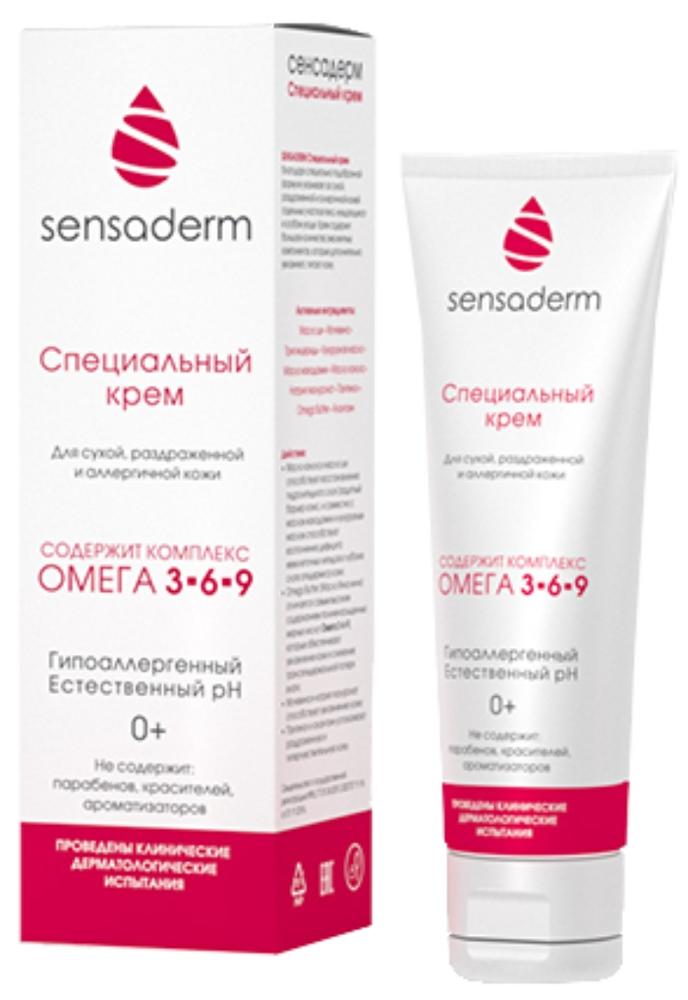
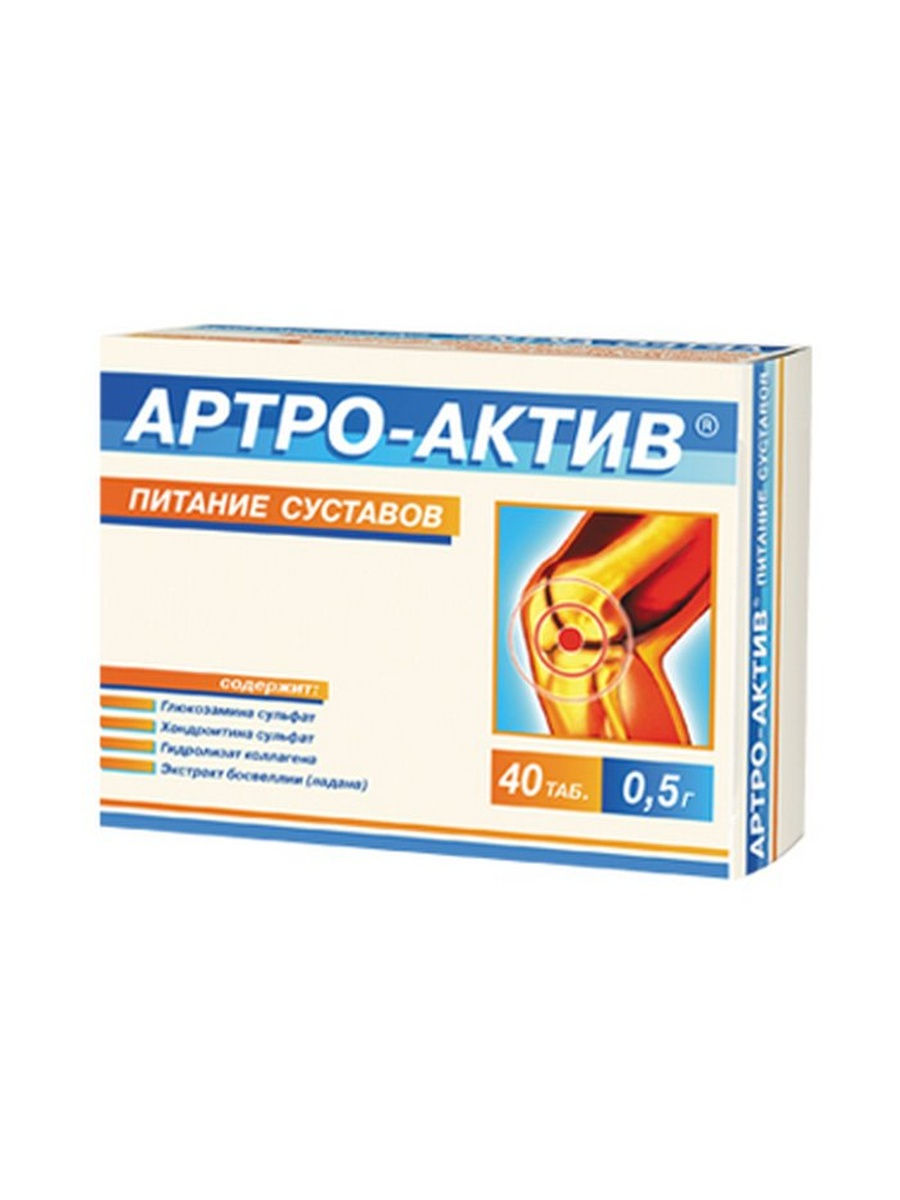
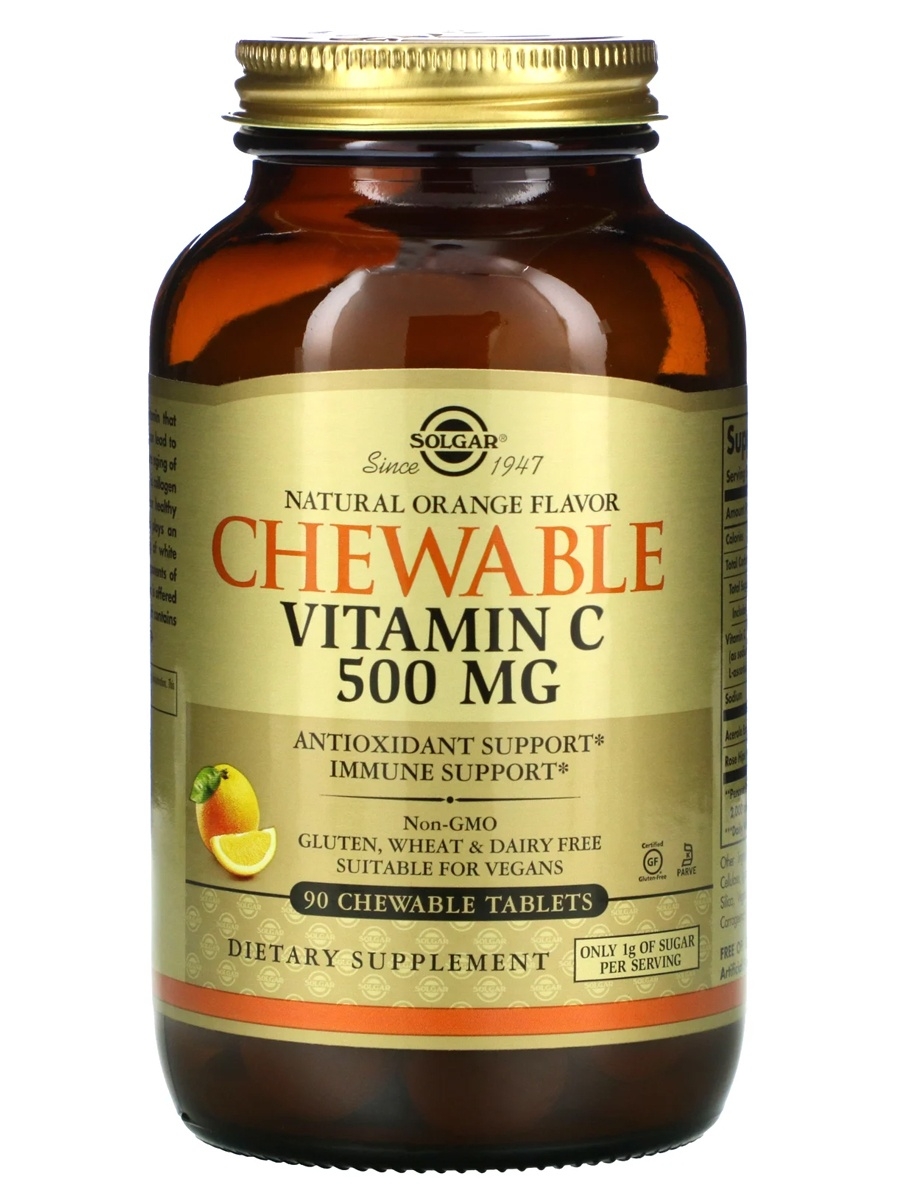
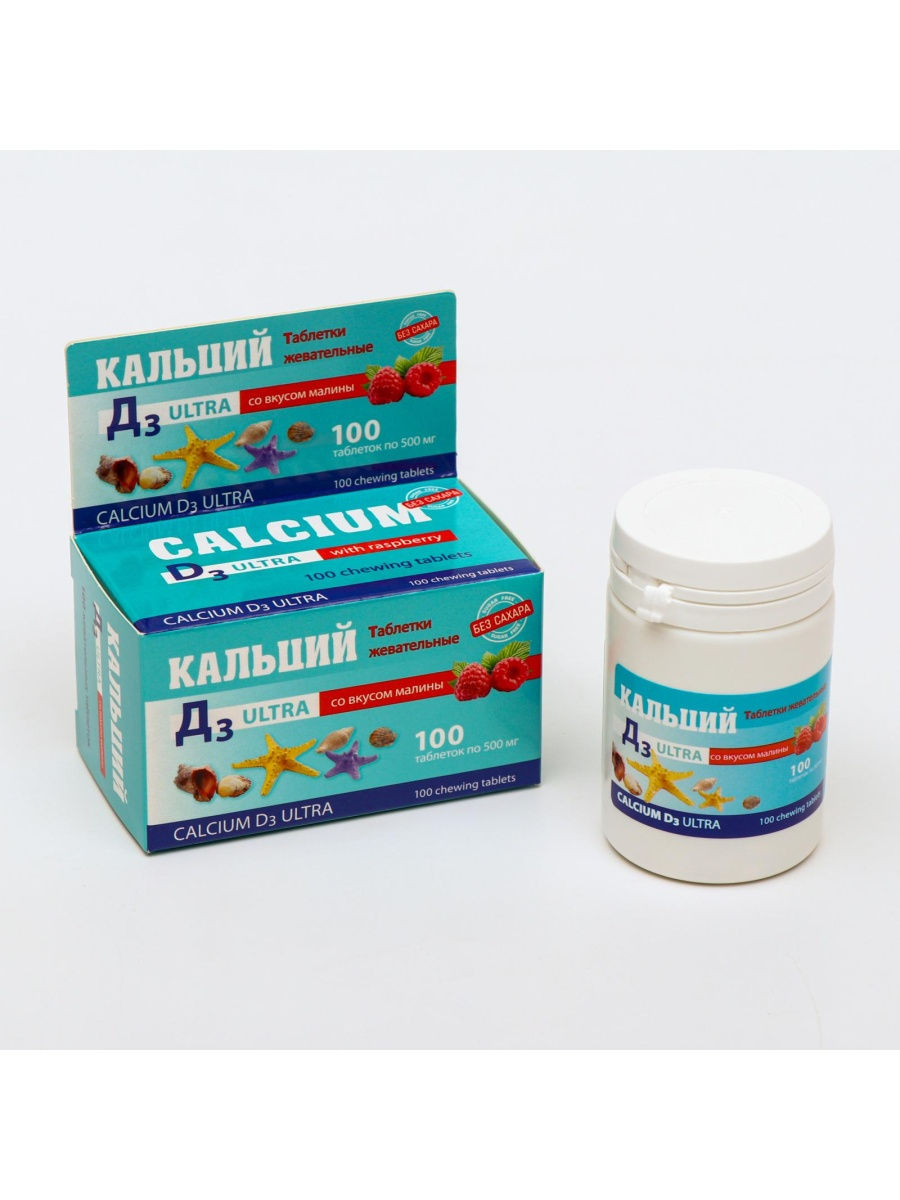
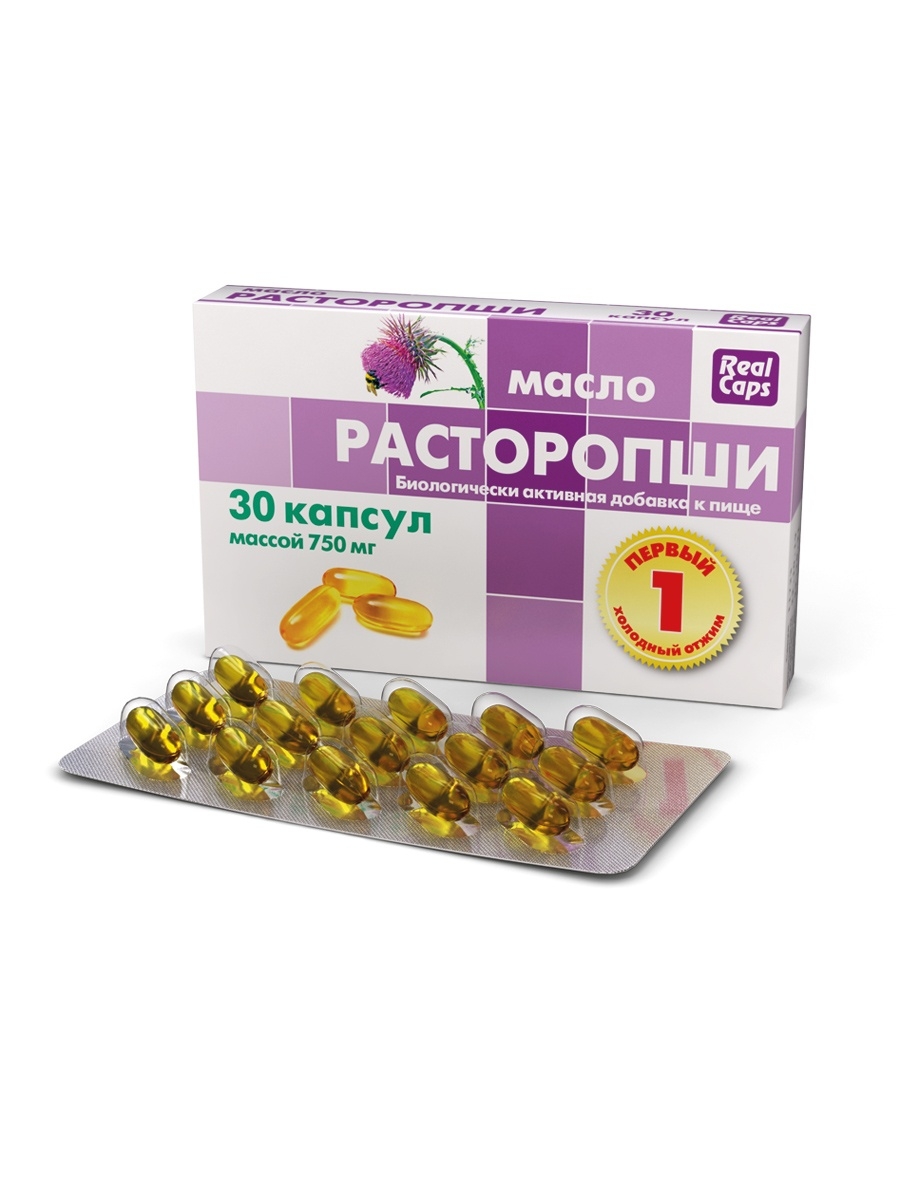



There are no reviews yet.